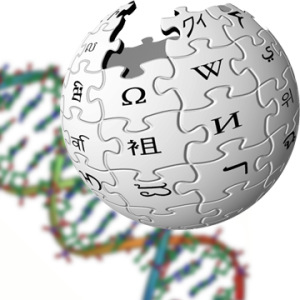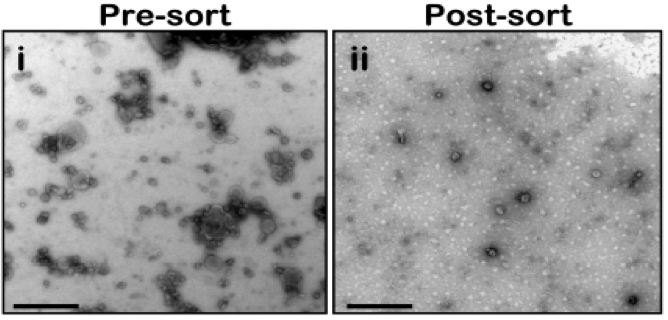Want to share your knowledge of a particular exRNA gene with the broader scientific community? Want to reach readers through both the “traditional” peer-reviewed literature as well as the sixth-most accessed website in the world? If so, continue reading about our three-way partnership between the journal GENE, the Gene Wiki project at Wikipedia, and the Extracellular RNA Communication Program (ERCP):

- What is it? The goal of the Gene Wiki is to create a comprehensive Wikipedia article for every human gene. To incentivize authors to improve Wikipedia content, GENE is now soliciting new gene-specific review articles under a new dual-publication model. ExRNA genes are especially desirable and authors are invited to create two separate versions of their review (one for the journal, and one in wikipedia). More on the partnership here: Gene Wiki Reviews: Marrying crowdsourcing with traditional peer review.
- How long should the review article be? The length of the review article is up to you! Since you are the expert on the exRNA gene you’re writing about, the length is based on whatever you think is necessary to describe the current state of the field.
- How long should the wikipedia article be? We are targeting a final length of approximately 1200 words (though longer and more detailed articles are certainly welcome)
- How are the two versions different? One version is targeted at professional scientists following typical academic and editorial standards. The second version is written for the Wikipedia audience and includes a slightly heavier emphasis on a general audience. Both versions will be peer-reviewed together, but for copyright reasons, these two versions must be separate works that have no substantial similarity. Some examples of review articles and wikipedia entries published under this model include:
- LIG3: Wikipedia entry and the corresponding pubmed-indexed review article
- EPHX2: Wikipedia entry and the corresponding pubmed-indexed review article
- I am busy but intrigued, what is the time line? We generally suggest a 2-3 month deadline, but since this is an ongoing series in the journal, the time line is flexible and can be worked around your schedule. Don’t be discouraged from participating because you are busy now. Make the commitment to submit when your schedule permits.
- Do I have to go at this alone? Absolutely not! If you have colleagues who would make good co-authors for the review, feel free to solicit their assistance.
- Do I have to write the wiki article all at once? Nope. Our goal is to incentivize you, the expert, to make your knowledge about your exRNA gene accessible. If it’s easier for you to write the wiki article in pieces, go ahead and do so! As long as the wiki entry is complete by the time you submit your manuscript, we will be happy to accept your review article.
- The gene I work on doesn’t make much sense to write about alone, how should I contribute? Genes that work in concert can be tackled as a pair as with this example:
- Wikipedia entries on SFTPA1 and SFTPA2, and the corresponding pubmed-indexed review article
- Why should I do this? By publishing an exRNA gene-specific review article, you help your scientific colleagues stay abreast of the current literature on your favorite gene. By publishing under the dual publication model (ie- on wikipedia), you help make your favorite exRNA gene more accessible to everyone allowing more people to understand the importance of your field of research. Everyone wins!
- How do I get in on this? Check to see whether or not your favorite exRNA gene could use some serious contributions on wikipedia. If so, contact me. Include your exRNA gene of interest in the email, and your preferred deadline for the manuscript submission.
Looking forward to hearing from you!


